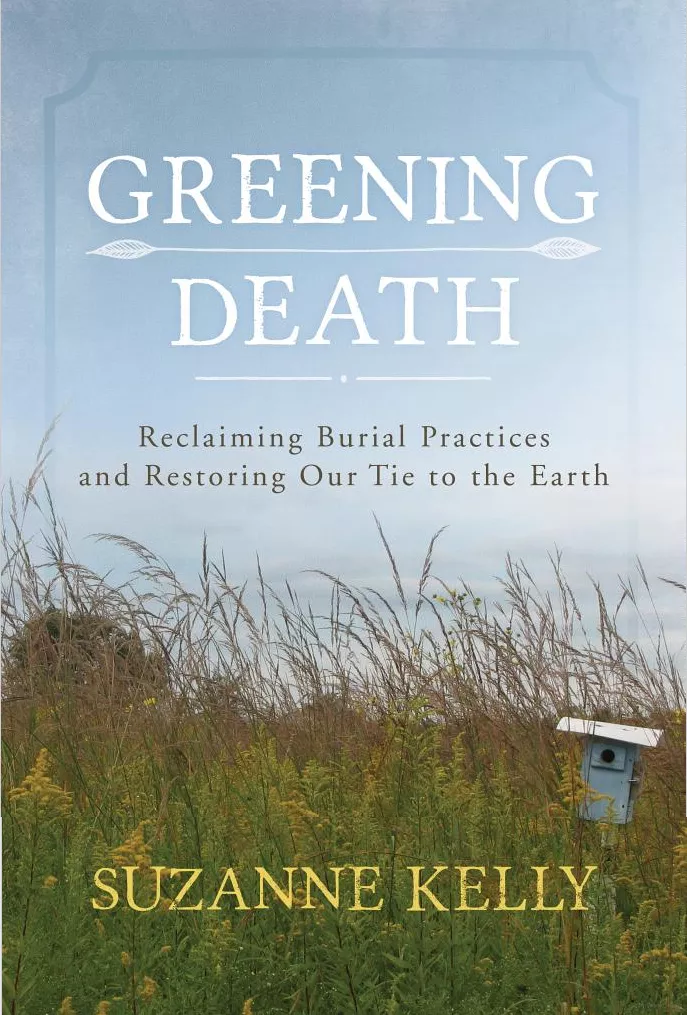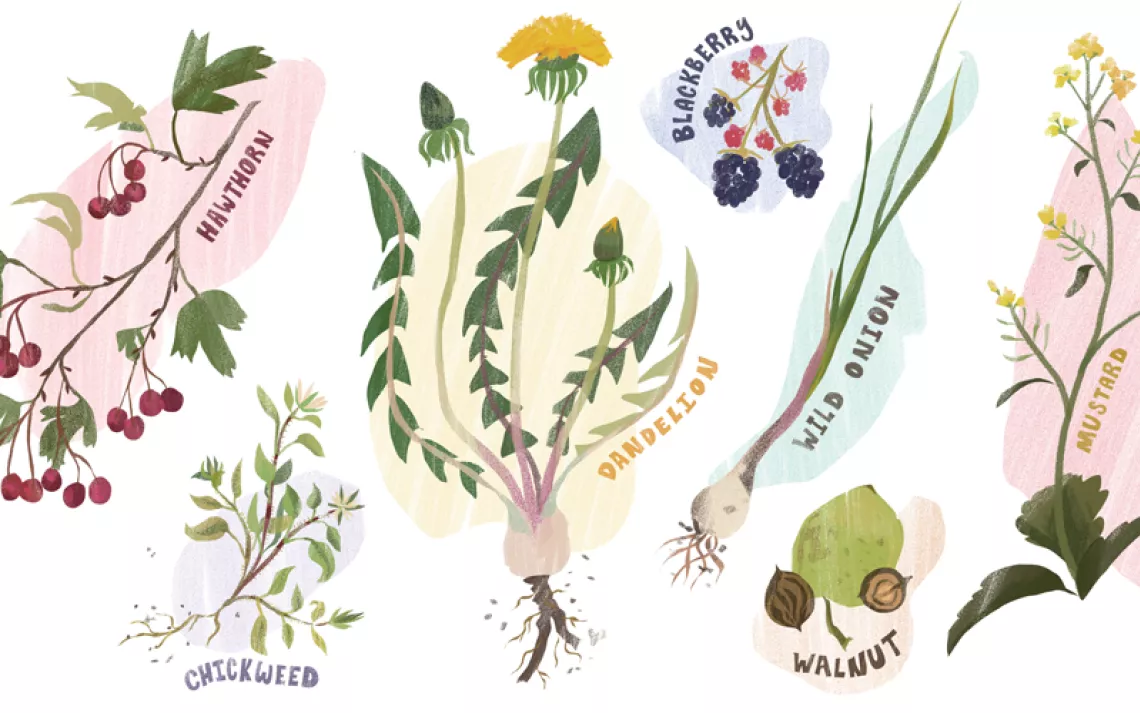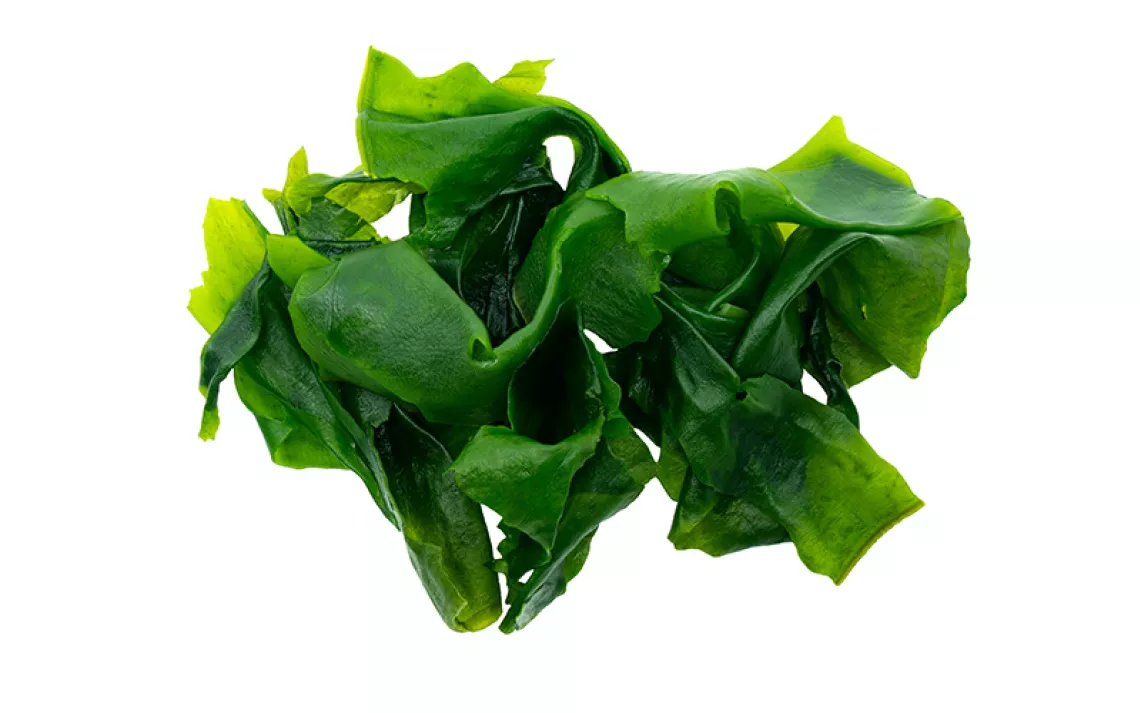How to Rest in Green Peace

Greening Death: Reclaiming Burial Practices and Restoring Our Tie to the Earth, by Suzanne Kelly, Rowman and Littlefield Publishers, Inc. (2015)
The end is nigh, Boomers. And if you want a green burial, you'd better start planning now, as full-body venues are getting hard to come by—only 340 remain open for business in all of North America. If you’re going for cremation, of course all you need is a biodegradable container—they’ll take that at any conventional burial ground. But full-body burial is increasingly out of the picture.
Many traditional cemeteries do have allotted sections for green burials—that is, those that eschew embalming and bulletproof caskets or urns. But some are greener than others: Steelmantown in the Pine Barrens of Tuckahoe, New Jersey (next to Belleplain State Forest), and Fernwood in Marine County, California (abutting Golden Gate National Forest), are considered particularly desirable due to their proximity to natural areas.
Suzanne Kelly’s Greening Death: Reclaiming Burial Practices and Restoring Our Tie to the Earth details the history of internment practices in the United States and gives the straight skinny on obstacles facing the Green Burial Movement (GBM). For practical purposes, however, you can find all you need to know for “going out green” on the Green Burial Council (GBC) website. The GBC was established in 2005 by Joe Sehee, an early proponent, and sets standards and guidelines for various levels of cemetery certification in North America. Remember, it’s never too soon to prepare for facing the final (100 percent organic) curtain.
 The Magazine of The Sierra Club
The Magazine of The Sierra Club






